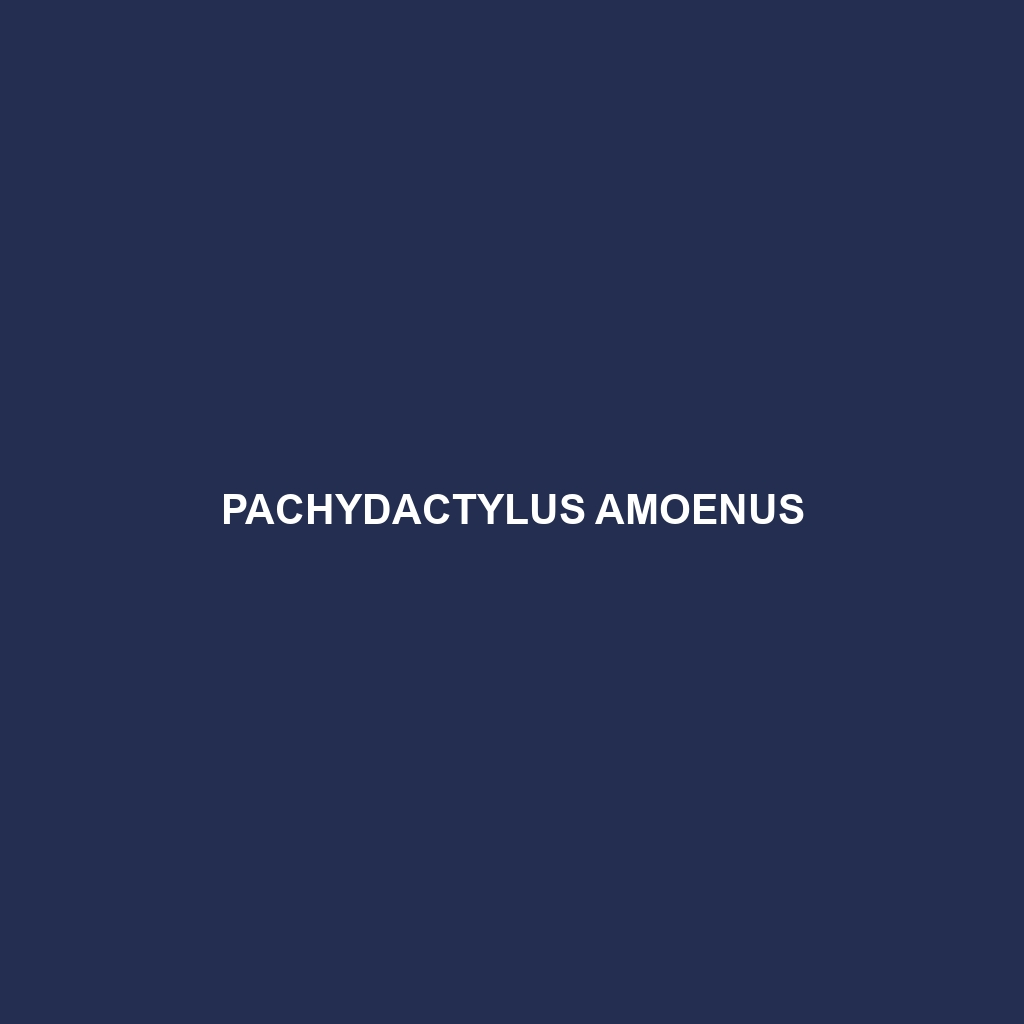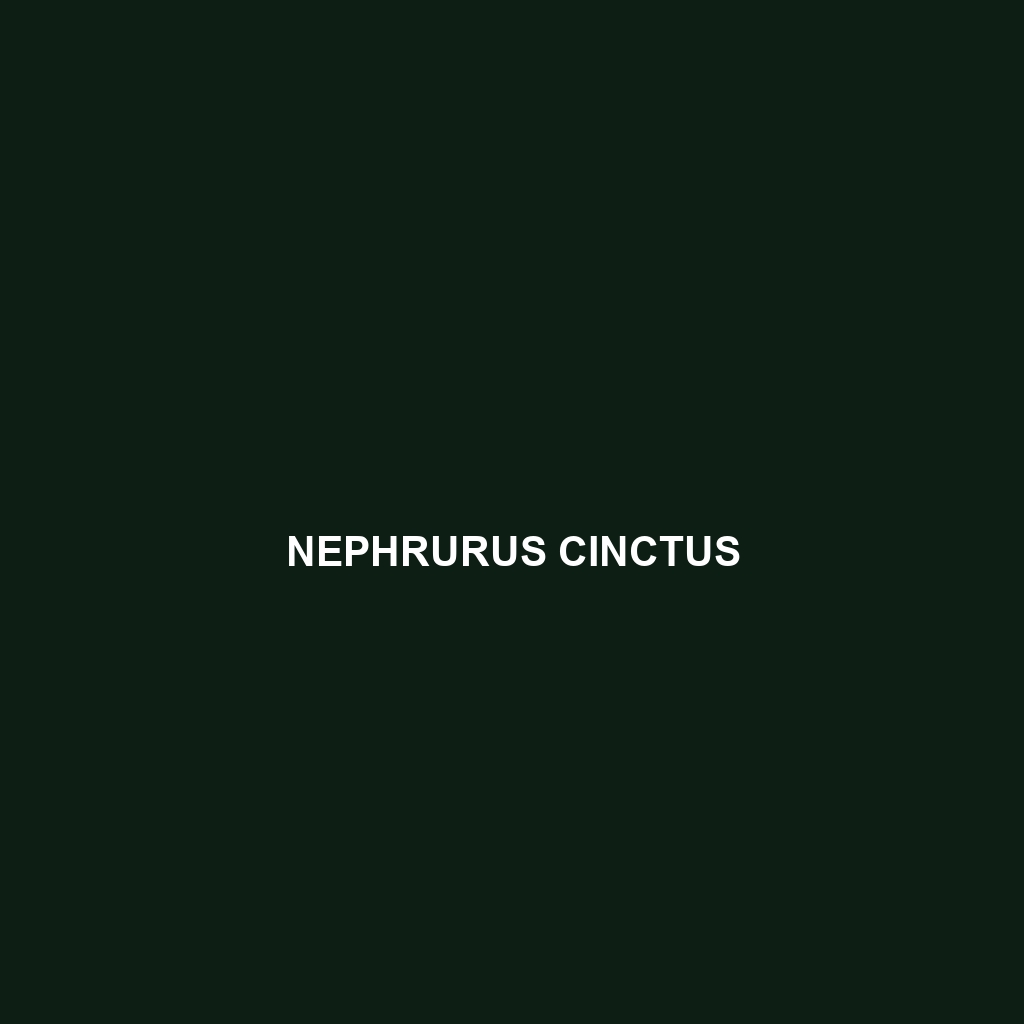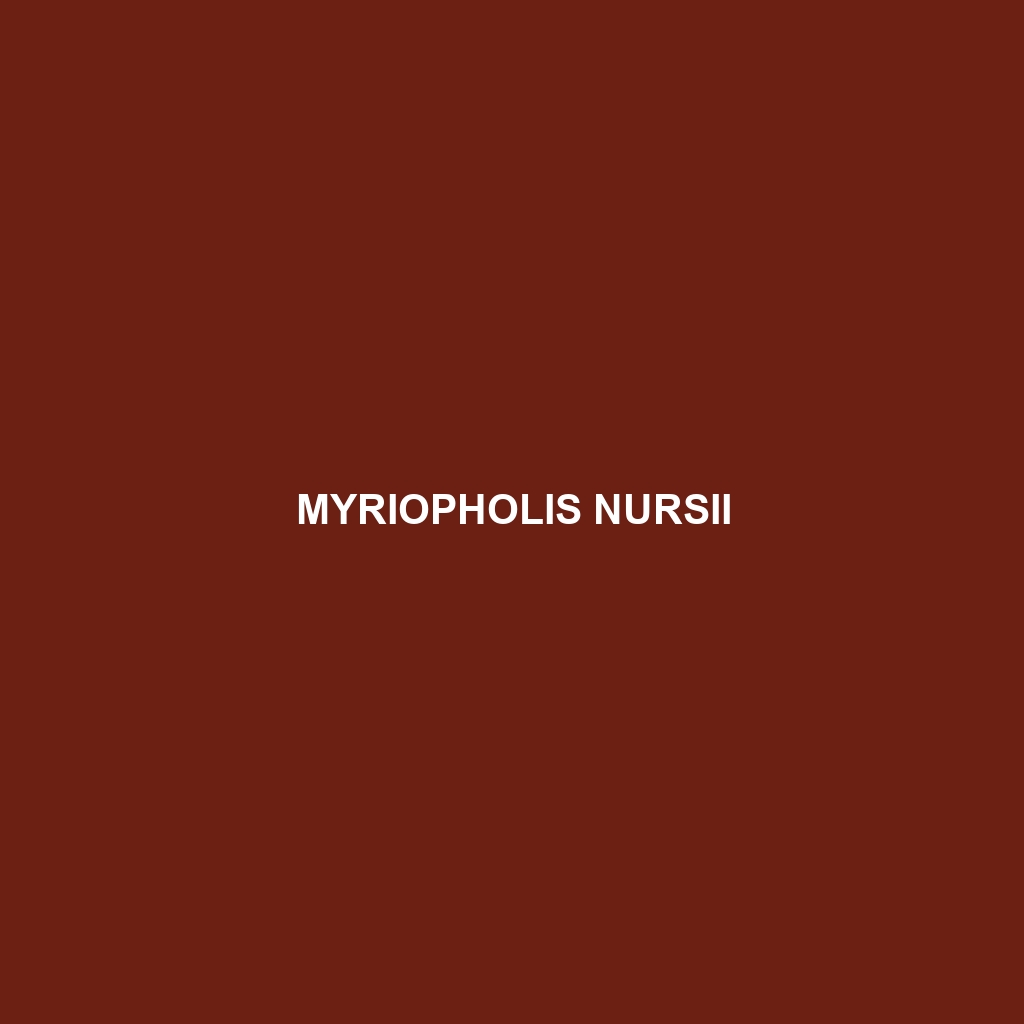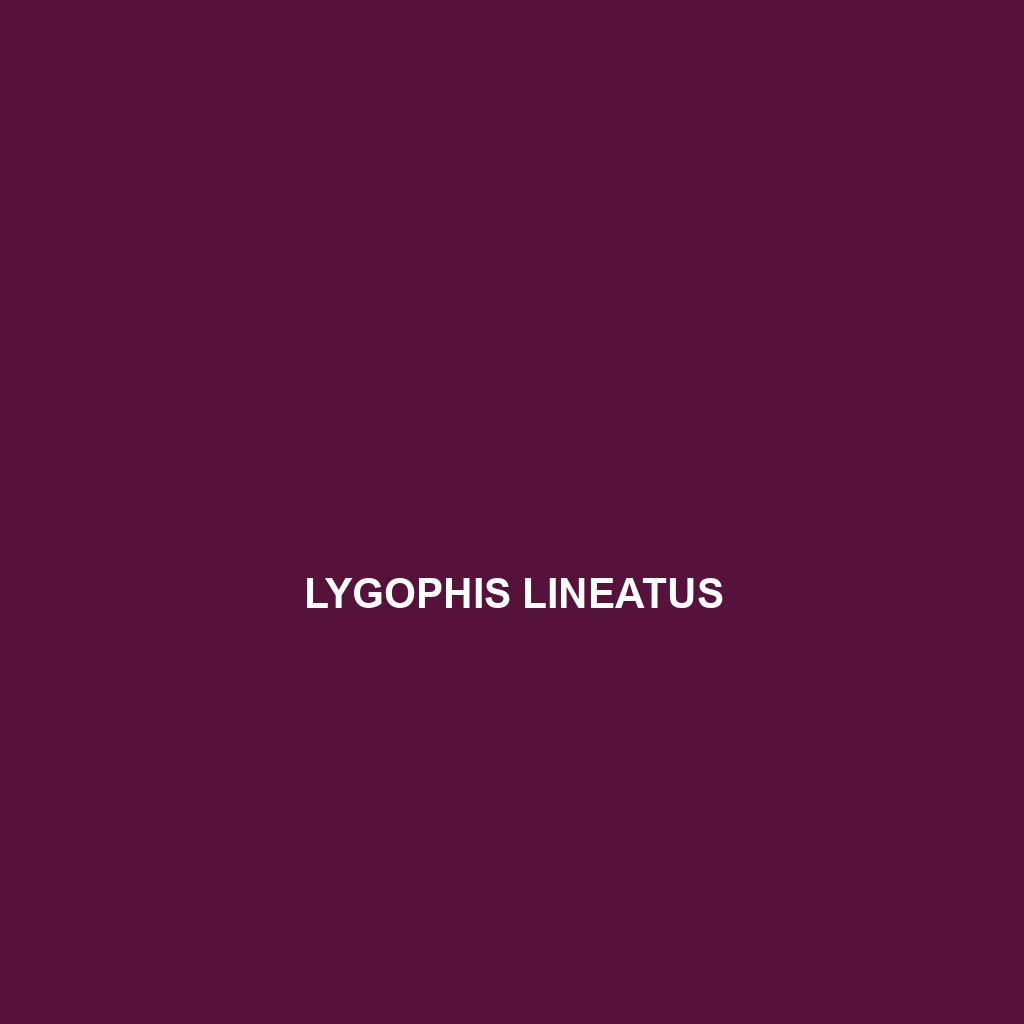Discover the Caucasian rock lizard (Paralaudakia caucasia), a medium-sized lizard found in the mountainous regions of the Caucasus, known for its robust body, impressive color variations, and fascinating behaviors, including basking and intricate mating displays. This resilient species thrives in diverse environments, playing a crucial role in its ecosystem by regulating insect populations and serving as prey for larger predators.
Tag: reptile monitoring
Pachydactylus amoenus
<b>Pachydactylus amoenus</b>, also known as the beautiful thick-toed gecko, is a nocturnal insectivore found in the arid and semi-arid regions of southern Africa. With its stout body, thickened toes for climbing, and cryptic coloration, this resilient species plays a crucial role in regulating insect populations while adapting to various habitats.
Oxybelis koehleri
<p><b>Oxybelis koehleri</b>, commonly known as Koehler's long-nosed snake, is a slender, green arboreal serpent found in the dense rainforests of Central and South America, known for its unique elongated snout and diurnal hunting behavior, primarily preying on small vertebrates like lizards and frogs.</p>
Oplurus grandidieri
Introducing the Oplurus grandidieri, a slender lizard native to the deciduous forests and savannas of Madagascar, recognizable by its pale brown to gray coloration and long spiky tail. This diurnal insectivore plays a vital role in its ecosystem by controlling insect populations and serving as prey for larger predators.
Oligosoma toka
<p><b>Oligosoma toka</b>, or the Tokariki skink, is a diurnal insectivore native to the temperate forests of New Zealand's North Island. Measuring 10 to 15 cm, this unique skink features a smooth, greenish-brown body, short legs, and a remarkable ability to regenerate its tail, thriving in both forest and coastal environments.</p>
Oedura fimbria
The Oedura fimbria, or fringed gecko, is a medium-sized, nocturnal gecko native to northeastern Australia's subtropical and tropical habitats. Known for its distinctive fringed scales, it thrives on a diet of insects and plays a crucial role in maintaining ecological balance as both predator and prey.
Nephrurus cinctus
<p>The <b>Nephrurus cinctus</b>, commonly known as the <b>sand-swimming gecko</b>, is a small to medium-sized gecko native to the arid regions of Australia, recognized for its unique sand-swimming abilities and nocturnal behavior. This insectivore thrives in sandy deserts and savannas, exhibiting a stocky body, flattened head, and distinctive dorsal coloration that provides excellent camouflage in its harsh habitat.</p>
Myriopholis nursii
<b>Myriopholis nursii</b> is a nocturnal, slender snake measuring up to 50 cm, known for its striking coloration and intricate dorsal patterns. Found in tropical and subtropical rainforests across central and southern Africa, it plays a vital role in controlling insect populations and adapting to diverse habitats.
Lygophis lineatus
<p><b>Lygophis lineatus</b>, known as the striped earth snake, is a slender, nocturnal species found in Central and South America, characterized by its striking dark and light stripes. As an insectivore, it plays a crucial role in its ecosystem by controlling insect populations and contributing to soil health.</p>
Liolaemus puritamensis
Liolaemus puritamensis, commonly found in the temperate forests and grasslands of South America, is a distinctive lizard species known for its agile movements, unique coloration, and ability to retain moisture through granular scales. Primarily insectivorous, these diurnal lizards play a crucial ecological role in regulating insect populations and contributing to nutrient cycling in their habitats.









